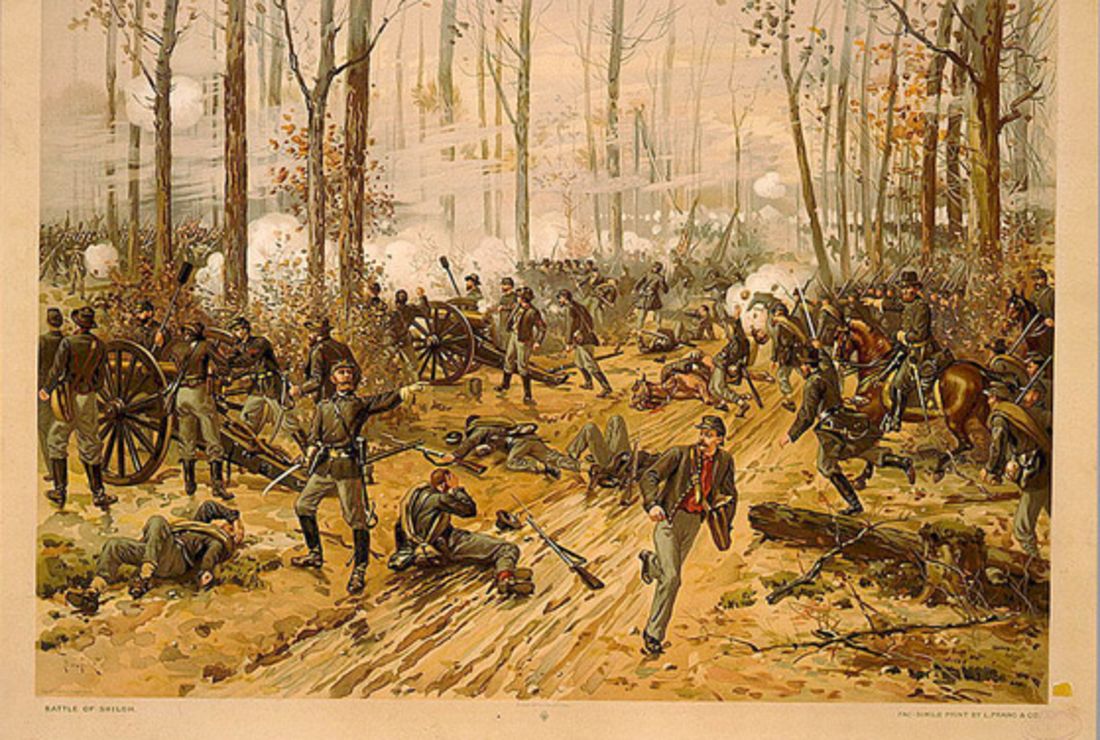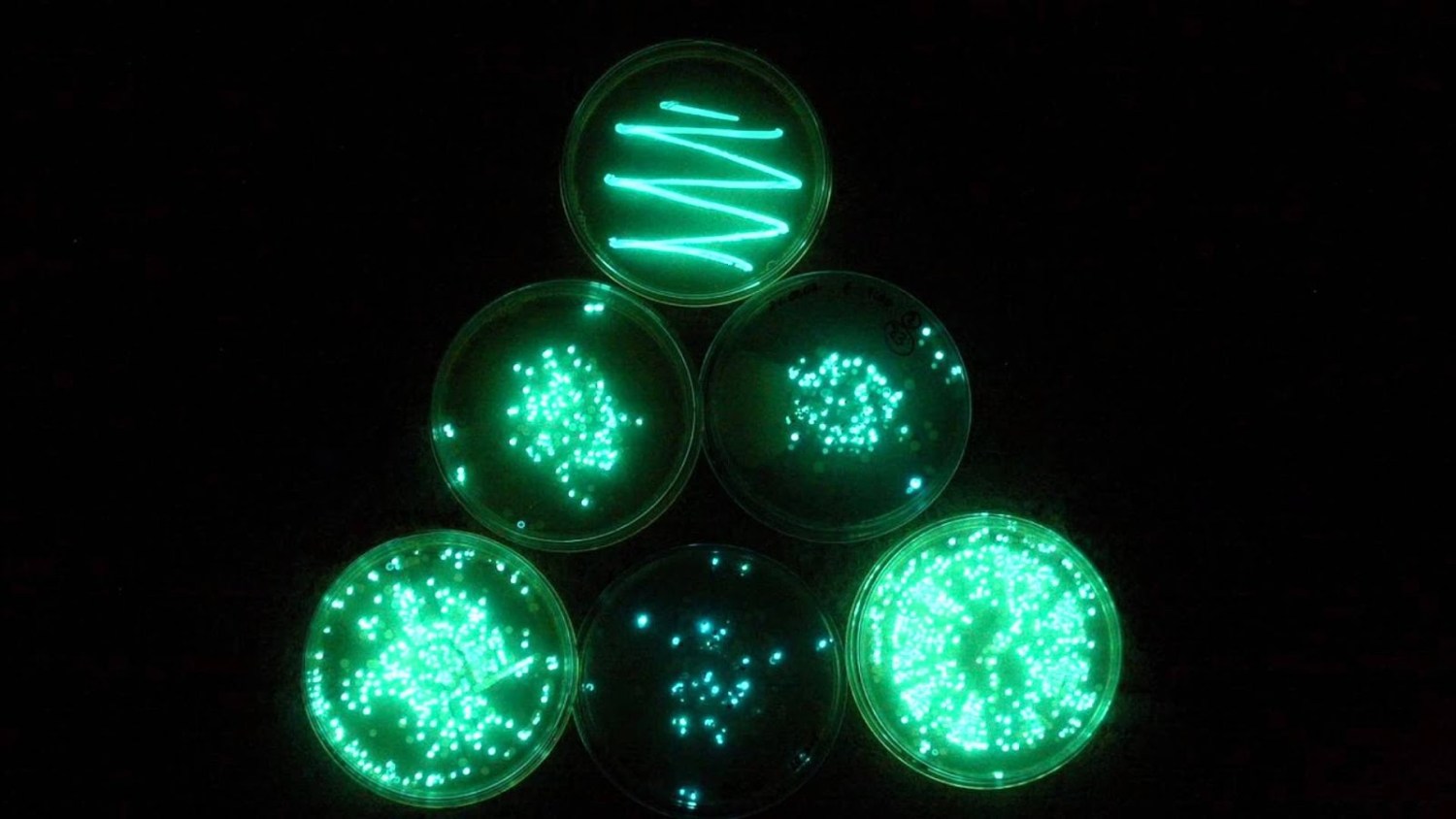After the bloody battle of Sheila during the early American Civil War, over 16,000 soldiers were wounded in the muddy fields of southwest Tennessee.
However, a one-of-a-kind miracle happened that night – as if a higher power made all the soldiers' wounds glow – a phenomenon called Angel's glow.
Scientists have been trying to find out what was behind this 'divine intervention' for years, and it was not until recently that this Angel's glow was explained.
The Battle Of Shiloh

In the spring of 1862, General Ulysses S. Grant's troops from Tennessee broke into Confederate Mississippi, stationed near the town of Shiloh, where the northern commander was waiting for General Don Carlos Buell's reinforcements.
But to drive them out of their territory before the crucial reunion, Confederate troops, led by General Albert Sidney Johnston, abruptly attacked Grant's army on April 6 and drove it across the border.
The next day, Buell's aid, made up of 20,000 new soldiers, arrived anyway, so the Confederate army was pushed back. Such maneuvering, from which the Union Army eventually emerged victoriously, cost both sides a total of nearly 3,000 dead and as many as 16,000 wounded.
This made the Battle of Shiloh one of the bloodiest in the entire American Civil War, and Polish hospitals were overcrowded. Many injured were left lying on the muddy ground of the battlefield during the rainy night of April 7, awaiting rescue.

The memoirs of the soldiers are reminiscent of the cries of injured men as they struggled to survive during heavy rains and the many horrors of the swamp. Exposed to antique weapons and pike, their wounds would be open, leaving men vulnerable to a series of deadly infections that would seize the opportunity and deliver the final blow.
Yet, like some divine intervention, many of these people would not die in an eerie way if a miracle did not happen. According to witnesses, their wounds began to shine.
Strange Healing Of The Wounded Soldiers

During that wait, many of them noticed the appearance of soft blue-green light on their open wounds.
James Dinwiddie, also known as Doctor Dinwiddie, was a Confederate military surgeon who witnessed the battle and this paranormal phenomenon. Dinwiddie watched first-hand how men died in countless numbers and others whose wounds started to have a fluorescent glow, i.e., stormy conditions.
Although many had life-threatening injuries, it seems that men with these glowing wounds survived in greater numbers than their more unfortunate colleagues.
This phenomenon will soon be engraved in the legend as "Angel's glow."
The doctors later noticed that these soldiers healed more quickly and had a lower chance of infection. Their wounds healed faster than those who did not experience the phenomenon "Angel's glow."
With such a heavy emphasis on Christianity at the time, it is understandable why the scenes described were attributed to a higher being. However, the two high school students may have found a scientific explanation for Angel's glow since then, suggesting that it was not God who saved the soldiers from above but a beneficial microbe from the earth.

It was not until 2001, thanks to the enthusiasm of two students, Bill Martin and Jonathan Curtis, and Martin's mother (an expert in bioluminescent soil bacteria), that a scientific explanation for the phenomenon of Angel's glow was discovered.
Under the supervision of microbiologists Phyllis Martin, Bill Martin (her son) and Jonathan Curtis set out on an expedition to understand the origins of Angel's glow as part of a scientific research project. Bill was fascinated by the Civil War and had heard stories of glowing wounds and their increased survival rate.
Namely, researching first the bacteria that glow in the dark and then the possibility of their presence on the battlefield, they discovered that - living in symbiosis with parasitic worms present in the area - Shiloh inhabits a particular type of bacterium.
Bioluminescent Bacteria

They found that the probable explanation was the presence of a bioluminescent bacterium that lives in nematodes, called Photorhabdus luminescens. This friendly tiny bacterium glows bright blue, which would explain Angel's glow of wounded soldiers, and is harmless to humans. This does not mean that all creatures love it - Photorhabdus luminescens is a deadly insect pathogen, infiltrating the intestines of nematodes into insect hosts before it kills them quickly. But its presence in soil-dwelling nematodes could explain their appearance in the battle for Shiloh while people lay in the rugged land.
These parasitic worms attack their prey (usually insects) by vomiting this bacterium into its interior; it kills other microorganisms and the victim by excreting its compound. Since most prey is made up of insects, its bioluminescence probably attracts new 'hosts,' to which it switches by re-entering the worm's digestive system.

However, what is remarkable about this bacterium is how it could help save the lives of these soldiers. Photorhabdus luminescens is a fierce competition when colonizing hosts, fighting other types of bacteria by secreting a compound with antibiotic properties. This allows it to take full advantage of the host without fighting for prey with other species. In addition, the compound also helps prevent corpse rot due to the insects it kills, and it may have done the same to soldiers' wounds.
Thus, it was concluded that such a bacterium, found on the open wounds of American soldiers, most likely killed other microorganisms on them. It would otherwise probably cause then deadly infections, thus increasing the ability of affected soldiers to survive the wounding.

Therefore, it is possible that Angel's glow reported by doctors and soldiers from the Civil War may have been a bacterial species that simultaneously fought the infection and prevented wound decay until doctors arrived, and as long as they shone to demonstrate their otherworldly healing. Up to this point, the germ theory has not taken hold of a strong foothold in science, so they could never find out - but looking back, it is fascinating to see a classic example of mutual symbiosis in such a spectacular way.
Angel's glow is a convenient name for the strange occurrence, after all.
Moreover, since its inherent living conditions are colder than the average human temperature, its survival and successful spread were favored by the hypothermia of the wounded left on the wet ground during a cold spring night.
Although itself capable of causing a milder infection, this bacterium causing Angel's glow was relatively easily removed from their wounds after caring for the wounded, thus creating another in a series of American Civil War legends.



